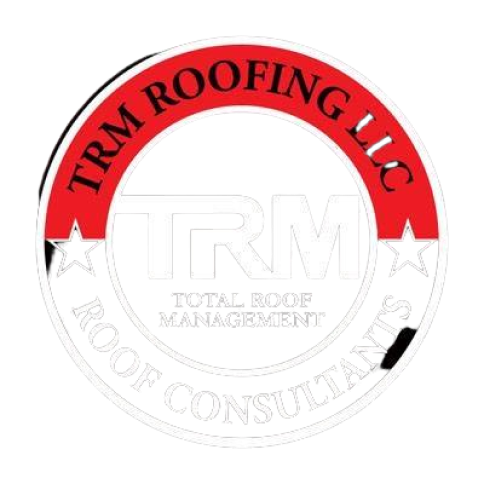
The Synthetic Sales Gimmick
Many Arizona Roofing Contractors will demonstrate on how tough and strong a synthetic underlayment is
by trying to tear a piece in half… it can’t be done. Of course, you can make the same argument by using a
standard TARP purchased at Home Depot® or Lowes®.
Cost:
Many roofers charge more for a synthetic underlayment system, but actually costs less than traditional SBS underlayment, plus they are only using one paper thin layer, as mentioned earlier it’s easier to install saving them labor costs.
Quality:
As you are now aware, synthetic underlayment is lightweight and much thinner, about 20 mils thick. Most roofing contractors only install a single layer. THINK! You have a single layer of 20 mills protecting your house. Plus, it is not self-healing like their counterpart the SBS underlayment system, meaning when it is punctured by a fastener it does not seal around it like the SBS 40# underlayment does. Our heat can be brutal on synthetic underlayment systems as well





 What exactly is my tile roof’s underlayment: This is the water proofing barrier between your tiles and your wood deck, first line of defense. There are two types of underlayment systems; Traditional SBS Modified 40# underlayment system and the synthetic (polyethylene or polypropylene) underlayment system.
What exactly is my tile roof’s underlayment: This is the water proofing barrier between your tiles and your wood deck, first line of defense. There are two types of underlayment systems; Traditional SBS Modified 40# underlayment system and the synthetic (polyethylene or polypropylene) underlayment system. In the Phoenix metro market there are 3 top manufactures of traditional SBS Modified underlayment: Fontana Vulcaseal® G40, Layfast® SBS TU43, and Boral®’s Ply 40. These underlayments are SBS (Styrene-Butadiene-Styrene) Modified Bitumen with infused fiberglass making them extremely long-lasting membrane, tried, true and tested! Most reliable phoenix contractors use a double layer providing a bullet proof underlayment system for your tile roof.
In the Phoenix metro market there are 3 top manufactures of traditional SBS Modified underlayment: Fontana Vulcaseal® G40, Layfast® SBS TU43, and Boral®’s Ply 40. These underlayments are SBS (Styrene-Butadiene-Styrene) Modified Bitumen with infused fiberglass making them extremely long-lasting membrane, tried, true and tested! Most reliable phoenix contractors use a double layer providing a bullet proof underlayment system for your tile roof. There are many synthetic underlayment products like, Titanium, Rhino Roof, Tyvek, and Tigerpaw, just to name a few. It is paper thin, very light, up to 4 times lighter than traditional 40# tile underlayment, so it’s fast to install, and safe to walk on for the installer. The material costs and labor cost are less expensive than the traditional double layer 40# underlayment systems.
There are many synthetic underlayment products like, Titanium, Rhino Roof, Tyvek, and Tigerpaw, just to name a few. It is paper thin, very light, up to 4 times lighter than traditional 40# tile underlayment, so it’s fast to install, and safe to walk on for the installer. The material costs and labor cost are less expensive than the traditional double layer 40# underlayment systems.

